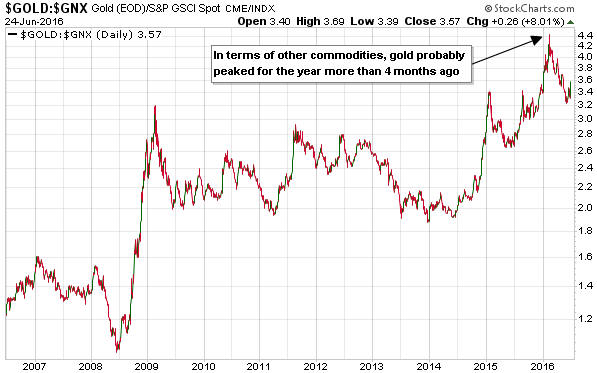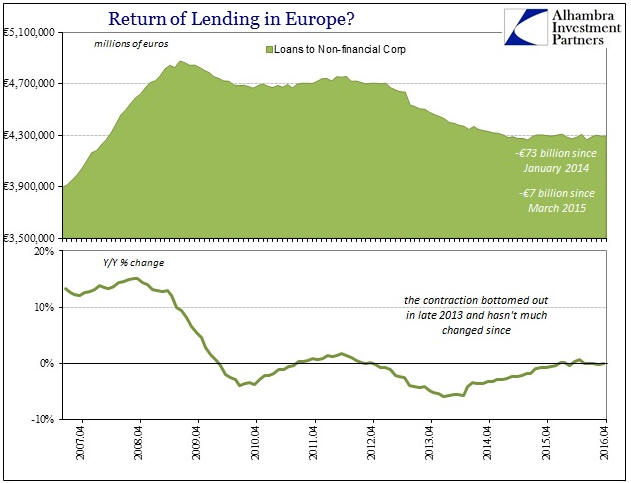Most rational people with some knowledge of economic history will realise that the US$ will eventually be the victim of hyperinflation. The hard reality is that whenever money can be created in unlimited amounts by central banks or governments, it’s inevitable that at some point the money will experience such a dramatic plunge in its purchasing power that it will be at risk of soon becoming worthless. However, knowing this is only slightly more useful than knowing that the star we call the Sun will eventually die.
The relevant question is never about whether hyperinflation will happen; it’s about the timing, and at no point over the past 20 years (including right now) has there been a realistic chance of the US experiencing hyperinflation within the ensuing two years. Furthermore, the same can be said about deflation. A sustained period of deflation (as opposed to a short-lived deflation scare) will eventually happen, but at no point over the past 20 years (including right now) has there been a realistic chance of it happening within the ensuing two years.
So, when I say that the hyperinflation and deflation arguments are both wrong I mean that they are both wrong when dealing with practical investment time-frames. They are both actually right when dealing with the indefinite long-term.
By the way, when considering inflation/deflation prospects I only ever attempt to look ahead two years, partly because two years is plenty of time to take protective measures and partly because it is futile to attempt to look further ahead than that.
How do I know that neither hyperinflation nor deflation will happen in the US within the coming two years?
I don’t know, but I do know that neither will happen without warning. We are not, for example, going to go to bed one day with government and corporate bond yields near multi-generational lows and wake up the next day immersed in hyperinflation. Also, central banks are not going to be rigidly devoted to pro-inflation monetary policies one day, to the point where theories/models are never questioned and failure is viewed as the justification for ramping-up the same policies, and the next day be willing to implement the sort of monetary policies that could lead to genuine deflation.
Some people are so committed to the “deflation soon” forecast that they ignore any conflicting evidence. It’s the same for people who are committed to the idea that hyperinflation is an imminent threat to the US economy. However, an objective assessment of the evidence leads to the conclusion that it currently makes no sense to position oneself for either of these extremes. The evidence includes equity prices, corporate bond yields, credit spreads, the yield curve, commodity prices, the gold price, and future “inflation” indicators such as the one published by the ECRI.
The evidence could change, but what it currently indicates is that the signs of “price inflation” will become more obvious over the coming 12 months. No deflation, no hyperinflation.
 Print This Post
Print This Post



